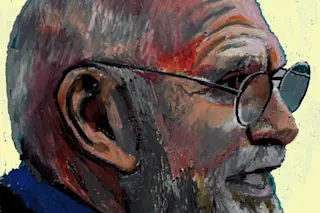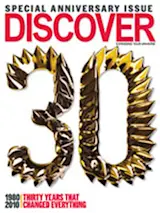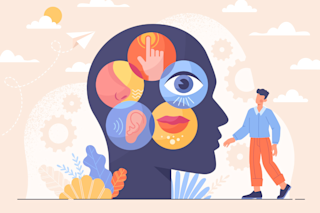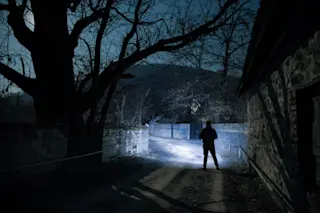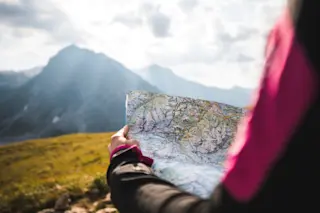This article is part of DISCOVER's 30th anniversary special section, including
11 eminent scientists'
predictions about the next 30 years. Share your thoughts on the future of science at the Science Not Fiction blog.
As a physician, I am concerned with people who have neurological damage or disease or who are, in general, trying to improve their neurological function. Something that has intrigued me recently is how, after one has lost one’s eyesight, the mind’s eye—the brain’s ability to create visual images—not only persists but can be heightened and harnessed. A lot of people who lose their sight are still visual people. As they read braille with their fingertips, they may experience it visually. This is not just a metaphor or a manner of speaking; functional imagery of their visual cortex shows that it is activated as they read braille. It’s a cross-modal transfer, so that touch is converted into ...


